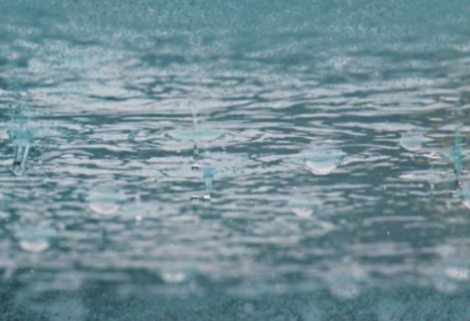Matthias Rang
A Goetheanistically expanded natural science can offer solutions
Research question and background
The climate crisis is often treated like a raw materials crisis and simply reduced to a quantitative assessment. For years, however, there are a growing number of voices that do not believe in instituting a technical solution to the climate crisis that follows the same thought patterns that led to the climate crisis. What role does our understanding of and relationship with nature play in this? What can Goetheanism and a scientific understanding of life contribute to solving the climate crisis?
Historically, attempts to expand science into the living and etheric realm using quantitative studies and the canon of methods of inorganic natural science, have had only limited success. [1] The development of new approaches, such as image-making methods, has been more fruitful. In the development of the leaf series as a method, it became apparent that the “reagent” to life is the living being itself. [2] Although life processes can be studied quantitatively in terms of their physical effects, as living processes they are especially accessible from the inner perspective of the human being, something developed in Goetheanism. [3]
Relevance and perspective
At first glance, Goetheanistic methods as “tools of knowledge” appear to be a kind of luxury item. At second glance, it becomes apparent that their anticipatory character leads to the renewal of a positive relationship between us humans and the earth and nature, which is likely to be essential for addressing our current situation. [4] We believe that the gap observed socially between knowledge and action, which contributes to the worsening of the climate crisis, can only be overcome through a renewed and direct relationship with nature.
At the same time, the latter is not independent of our relationship to technology: rather, it can be observed that an unreflected relationship to nature can result from an unreflected relationship to technology. This topic, including the question of how to deal with digital media, and the strengthening of trust in our sensory experiences, form a context for the project with prospects for further development.
Procedure, cooperation and time frame
Aspects of the project have been worked on for decades at different locations and in several sections. The existing results can contextualize each other and will be presented together as a first step. On this basis, for the second step, the connection between the understanding of nature and technology will be worked out across sections, in an interdisciplinary way. In the third step, we will attempt to make the Goethean approaches to understanding life fruitful for the problems that emerge out of the overall presentation in the previous steps. The project is scheduled to run for eight years.
Status: in preparation
[1] Cf. among others, the negative germination experiments on heat quality by G. Maier, Dornach, unpublished.
[2] E. Pfeiffer: Studium von Formkräften an Kristallisationen. Dornach, 1931; J. Bockemühl: Bildebewegungen im Laubblattbereich höherer Pflanzen. Elemente d. N. 4, 1966, pp. 7–23.
[3] Cf. e.g. J. Bockemühl: Lebt die Welt in mir? Dornach 2010.
[4] Cf. e.g. G. Wachsmuth: Erde und Mensch [Earth and Man.] Kreuzlingen 1945.
Or via Bank Transfer:
| CHF | EUR | |
| Allgemeine Anthroposophische Gesellschaft Postfach, 4143 Dornach/Schweiz Raiffeisenbank Dornach, CH–4143 Dornach BIC: RAIFCH22 IBAN: CH54 8080 8001 1975 4658 2 ⇨ Payment Purpose: KST 1112 | Allgemeine Anthroposophische Gesellschaft Postfach, 4143 Dornach/Schweiz GLS Gemeinschaftsbank eG, DE-44708 Bochum BIC: GENODEM1GLS IBAN: DE53 4306 0967 0000 9881 00 ⇨ Payment Purpose: KST 1112 |
